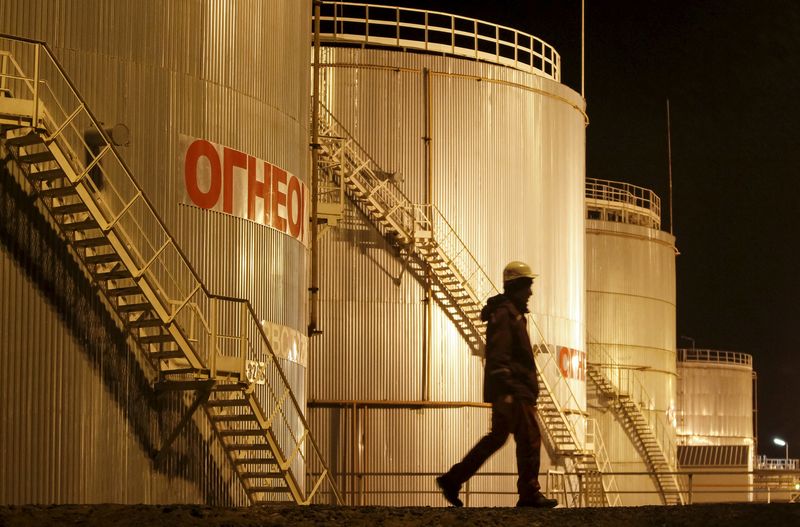
Investing.com– Oil prices rose slightly in Asian trade on Thursday, taking support from a bigger-than-expected draw in U.S. inventories and increasing geopolitical tensions in the Middle East.
But overall gains were limited by builds in U.S. product inventories, while traders also hunkered down before an OPEC+ meeting later in the day, which is expected to offer more cues on supply.
expiring in February rose 0.1% to $72.37 a barrel, while rose 0.2% to $68.32 a barrel by 20:57 ET (01:57 GMT).
Oil markets clocked some gains this week as the Israel-Hezbollah ceasefire teetered on the brink of collapse, with reports of violations from both sides. Israel also threatened to escalate its offensive against Hezbollah and Lebanon if the truce fell through.
OPEC+ meeting awaited for supply cues
The Organization of Petroleum Exporting Countries and allies (OPEC+) is set to , with recent reports suggesting that the cartel will further delay plans to increase production.
The OPEC+ had slashed production by over 2 million barrels in the past two years, and is expected to extend the cuts until at least the second quarter of 2025.
The group is expected to keep supply limited amid concerns over slowing oil demand, especially in top importer China.
The OPEC+ has consistently cut its forecasts for global demand growth in 2024 and 2025, citing uncertainty over a sluggish economic recovery in China.
But sentiment towards demand has improved in recent weeks, amid signs of increasing economic resilience in the U.S.
Expansionary policies under President-elect Donald Trump are also expected to buoy fuel demand.
US oil inventories fall, but products rise
Government data released on Wednesday showed U.S. shrank by a bigger-than-expected 5.07 million barrels in the final week of November.
But and stockpiles rose, indicating that overall fuel demand was still cooling in the world’s biggest fuel consumer.
While demand for heating fuels is expected to increase during the winter season, a downturn in travel activity is expected to bring down overall oil demand.

